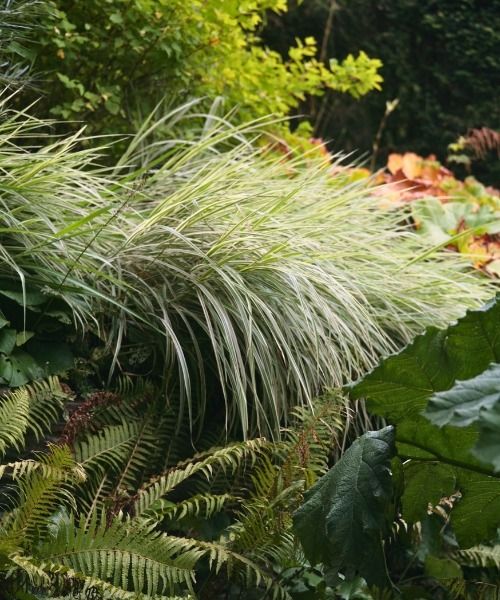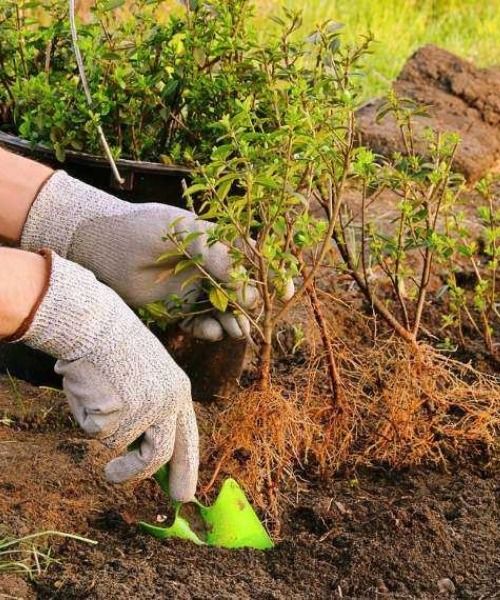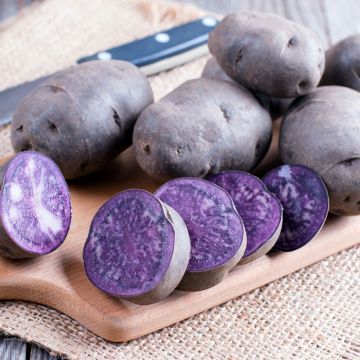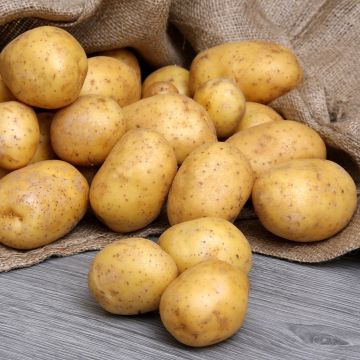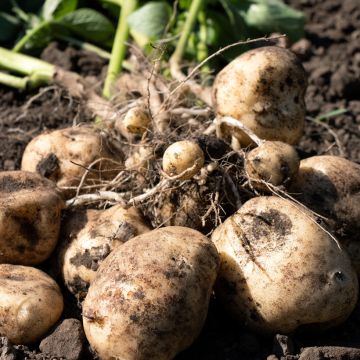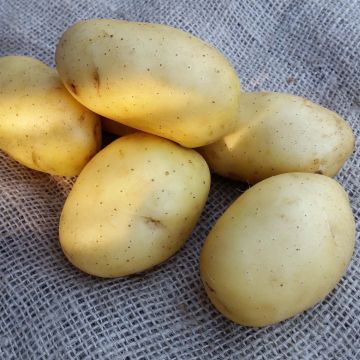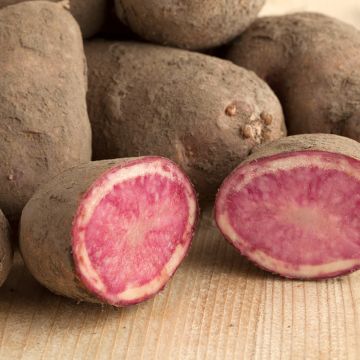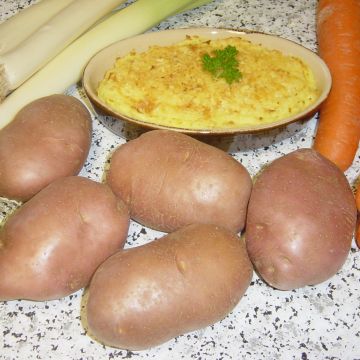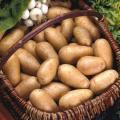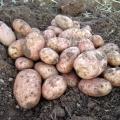Potatoes for chips
Does this plant fit my garden? Set up your Plantfit profile →
Available in 1 sizes
Available in 2 sizes
Available in 2 sizes
Available in 1 sizes
Available in 1 sizes
Available in 1 sizes
Available in 1 sizes
Available in 1 sizes
Available in 2 sizes
Available in 1 sizes
Available in 3 sizes
Available in 3 sizes
Available in 3 sizes
Available in 1 sizes
Available in 1 sizes
Available in 1 sizes
Available in 1 sizes
Available in 1 sizes
Available in 1 sizes
Available in 1 sizes
Available in 2 sizes
Among the numerous varieties of potatoes offered to gardeners, some are highly acclaimed, such as the Bintje, for making fries that are both fluffy on the inside and crispy on the outside. We've chosen potatoes whose tubers have a floury flesh, such as Artemis or Monalisa.
Thanks to their high starch content, these varieties have the double advantage of not falling apart and not absorbing too much oil during cooking. The Potato – Solanum tuberosum – from the Solanaceae family, is an essential root vegetable in the vegetable garden and on the plate. It is a perennial plant cultivated as an annual, developing tubers as storage organs. Three main categories of Potatoes coexist: firm-fleshed, floury, or soft-fleshed varieties. In gratins, baked, boiled, fried, stuffed, etc., they should be chosen according to their characteristics. The Potato is a highly nutritious vegetable and has become an essential food in many regions of the world.
You have not found what you were looking for?






























